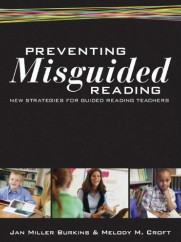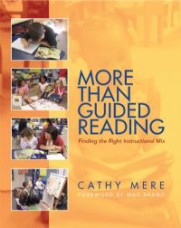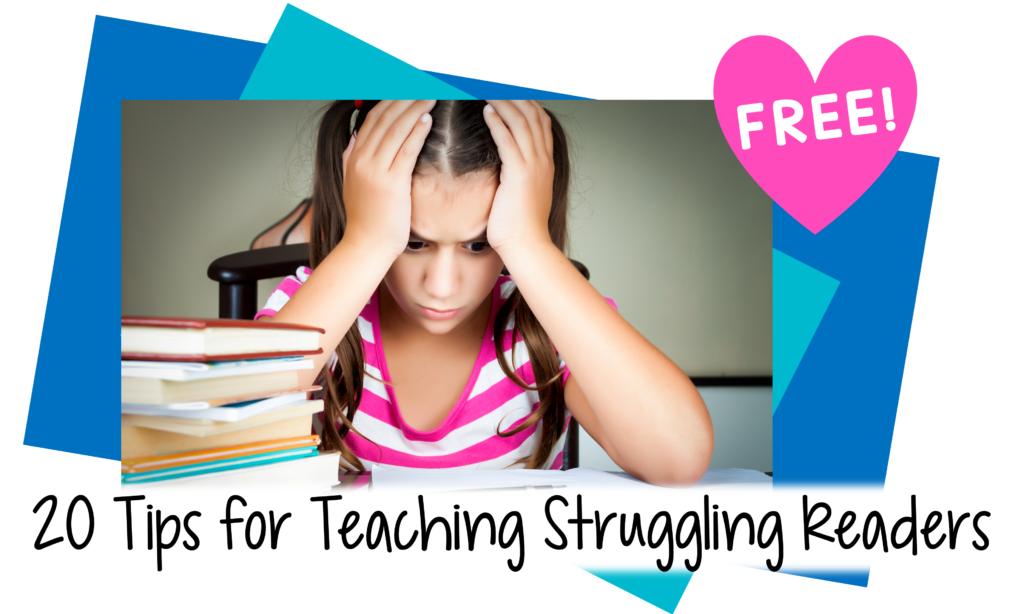This week I enjoyed rereading two books about guided reading that go beyond what many of us learned from Fountas and Pin nell:
nell:
- More Than Guided Reading, by Cathy Mere; and
- Preventing Misguided Reading, by Jan Miller Burkins and Melody Croft.
This is not meant to be a comprehensive book review or summary; I simply want to highlight what *I* got out of the books, both of which I highly recommend to you. Both are short, easy to read, and stimulating.
These books helped me to reflect on my teaching, even though I am not working with groups right now.
Here are some of the yummy tidbits:
- Students reading on the same level can have very different strengths and weaknesses. (Both books)
- We should consider students’ processing, and not just their level, when selecting books. (Both)
- Different books, even on the same level, have different advantages (and disadvantages), depending on the type of strategy we want to encourage: for example, voice-print matching, looking at print, or phrasing and fluency. (Both) This made me feel good, because I try to encourage different strategies in the books I write, as well as in my teaching.
- Keep a balance between teaching about print and teaching about story (meaning, language, story structure). In addition, try to keep the student’s use of print and story cues balanced. Good reminder for me! Maybe for you, too? (Burkins and Croft)
- Be careful about the language we use when prompting children, always keeping in mind our goals for particular students. (Mere) I’m going to try to pay attention to this. Reading Recovery training certainly helped with prompts.
- Beware of giving too much away in the book introduction. Scaffolding is about letting readers go, not holding them up. For example, instead of summarizing the story, tell kids to look through the book and see what they notice. (Burkins and Croft) I love this advice! First of all, it applies to parenting, at least for me (letting kids go). It’s also a good way to avoid encouraging learned helplessness. Finally, it’s in keeping with the Common Core State Standards. But that’s another story…!
- Burkins and Croft end their book with:
- a section about inefficient reading habits that some students develop, and a fun game for breaking that habit (so reassuring to know that other reading teachers have found the same patterns I have found in students); and
- a section on assessment, including the warning about the child who scores at a certain level on a running record, but with extensive self-corrections. They suggest calculating the accuracy percentage with and without self-corrections.
- Mere has an amusing way of demonstrating to students how important it is that what we read makes sense.
See how much wisdom is in these books? And this is just a smattering of the helpful suggestions between their covers. Thank you to these authors for helping me think more deeply about teaching reading! And to anyone reading this, click on the books above to go find these books!


Leave a Reply